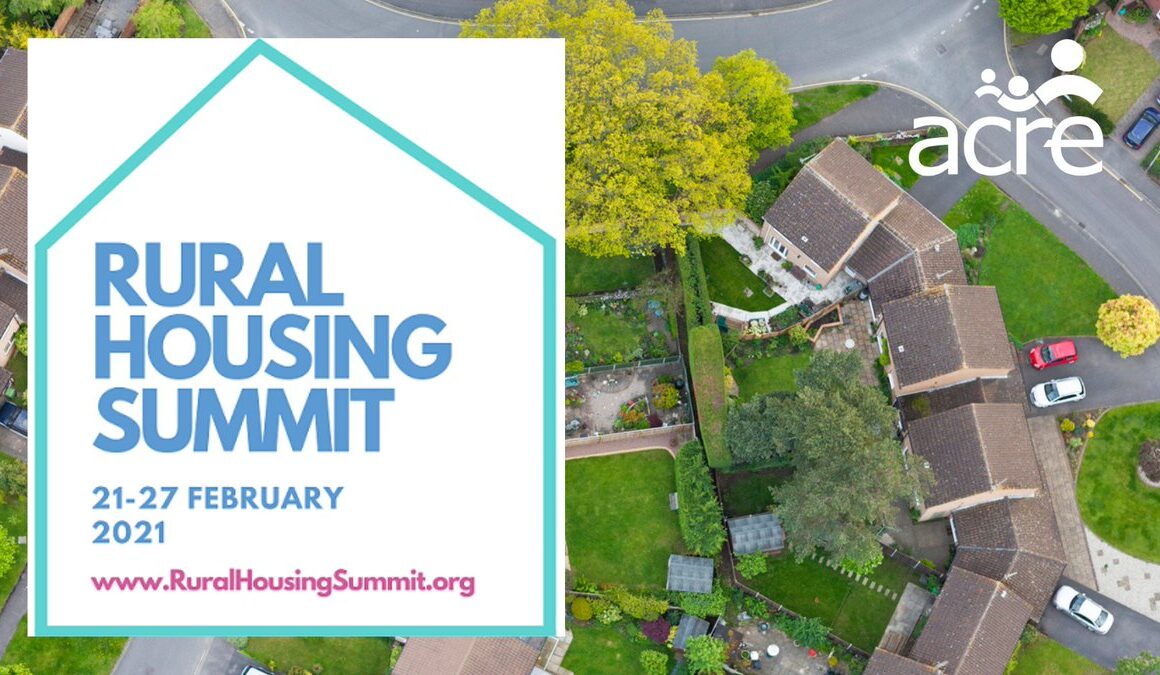Investing in rural affordable housing could be the key to post-pandemic recovery for rural communities
Last year the CPRE, English Rural and the Rural Services Network commissioned a report to evaluate the case for building more affordable homes in rural areas.
The report showed that “building more affordable homes in rural communities makes sense, economically, socially and fiscally. It will provide a much needed boost to the post-covid recovery of some of the most seriously impacted local economies, support the longer term sustainability of fragile rural communities and deliver to the Treasury substantial savings in public expenditure.”
HOW DOES AFFORDABLE RURAL HOUSING HELP SUSTAIN RURAL COMMUNITIES?
- Growing the local economy;
- Creating employment opportunities;
- Keeping key workers living locally;
- Keeping village schools viable;
- Cutting the benefits bill by providing more jobs and family childcare;
- Reducing the housing benefit bill for privately rented homes;
- Keeping families together – reducing social care costs;
- Increasing local business viability and;
- Providing appropriate housing for different life stages of local residents from young adults moving out of their parents’ home to people wanting to downsize later in life.
There is a national shortage of affordable housing in rural areas with just 8% of homes in the countryside classed as affordable, compared to 19% in urban areas. Findings also show that lower income families in rural areas face a house price to income ratio of 9.5, compared to 7.1 in urban areas.
WHAT ARE THE WIDER ECONOMIC BENEFITS OF RURAL AFFORDABLE HOUSING?
- Building a development of 10 affordable homes supports 26 jobs and generates £250k for the government;
- Affordable rural homes deliver a 3.5% annual return on investment for the government;
- Building one affordable home pays for itself and returns an extra £54k to the government;
- Each new affordable home will reduce the annual deficit by an average of £6,500;
- A development of 10 affordable homes secures a £1.4m boost to disadvantaged rural economies through employment in the construction sector and across supply chains;
- Rural areas are more economically vulnerable to the shock of coronavirus and Brexit, with higher levels of commercial activity concentrated in at risk sectors;
- Essential workers represent 33% of the rural employed population;
- England’s rural economy contributes an estimated £229 billion to national output;
- Affordable rural homes create sustainable communities, boost the economy, and save the government money.
The vital role played by rural communities has been over-looked for too long. Poor rural proofing of national policies has disadvantaged their prosperity. This research illustrates the valuable potential that can be harnessed from rural communities and economies as the country recovers from the pandemic.
HOW DOES CCA HELP DEVELOP RURAL AFFORDABLE HOUSING WITH THE LOCAL COMMUNITY?
Our work with Kelsall Parish Council to create a comprehensive neighbourhood plan, is a great example of how rural communities use neighbourhood plans to bring forward housing to meet their needs. Kelsall neighbourhood plan influenced development proposals to meet the need for more retirement housing and an extended GP surgery in the village, ensuring that the local community got what it needed from development in the village.
We’ll be presenting at The Rural Housing Summit’s webinar on providing rural affordable housing through Neighbourhood Plans on Thursday 25th February. If you’re interested in hearing more about it, please register to attend using the link below.


